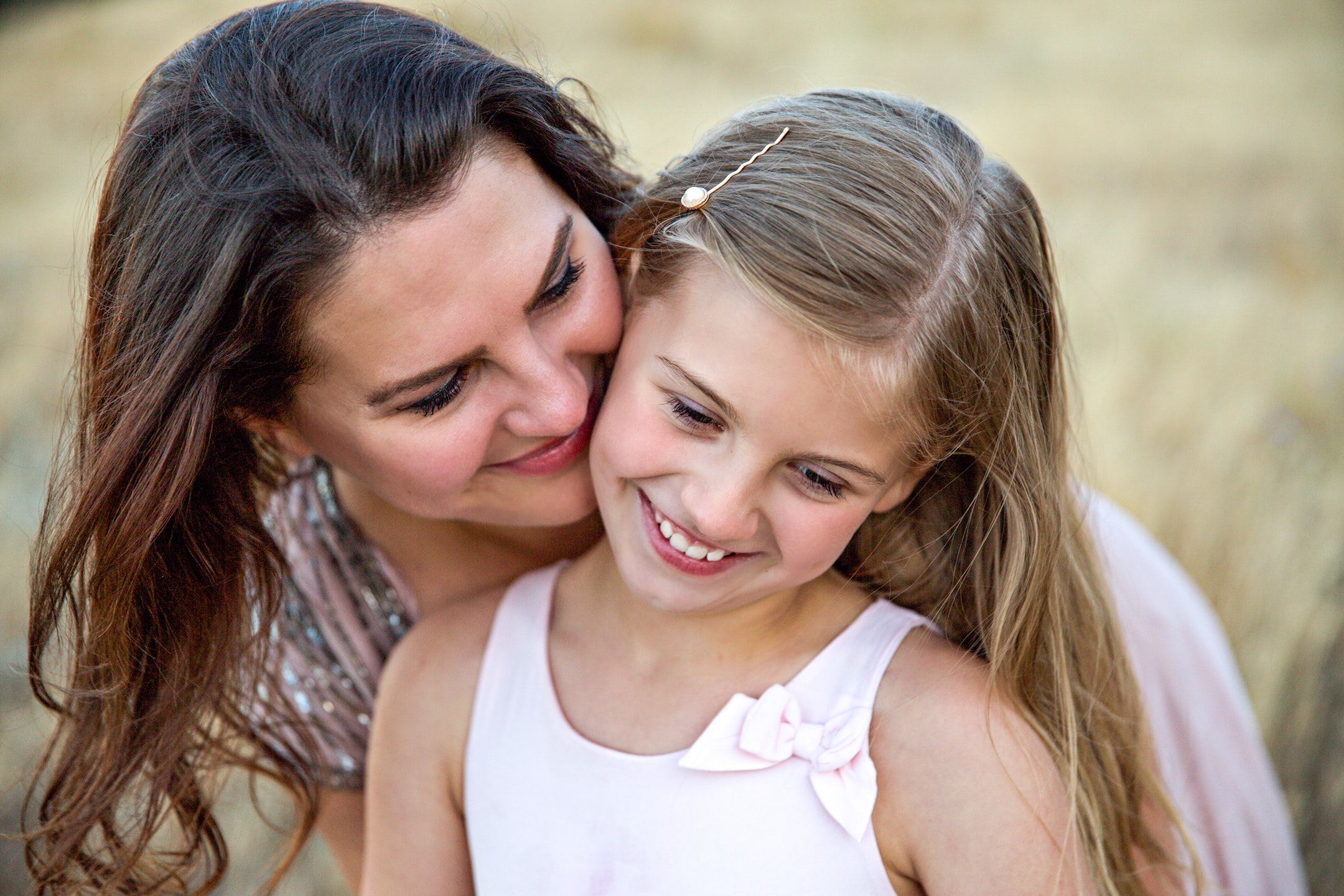
Eight Ways to Minimize and Mitigate Stress for Yourself and your Children
I was recently sitting and talking with a dear friend who has successfully beat cancer. As we talked she shared that she was beginning to

I was recently sitting and talking with a dear friend who has successfully beat cancer. As we talked she shared that she was beginning to

Gratitude is so simple, yet most people overlook its amazing benefits. Dr. David Hamilton, author of Why Kindness is Good for You, writes, “Gratitude is

The ways that children use technology on a daily basis is changing. More and more, younger generations are spending prolonged periods of time using digital

The Imagine Project became a nonprofit a little over 5 years ago. We have grown tremendously in those 5 years, currently reaching over a quarter

Transitioning to a Trauma Informed School has become an important movement across the United States, particularly in those schools with a high population of at-risk

Parents, teachers, admin, even grandparents are struggling with the difficult decision of; “Should I send my child back to the classroom setting?” Some believe kids

All educators are anxiously awaiting what this fall might look like. Some still aren’t sure if kids will be in the classroom or virtual—and things

Ugh, life has been challenging lately, sometimes down right hard! Many of us are facing situations we never thought we would ever encounter. The stress

Stress is running high right now. Everyone is feeling it, whether it’s a change in our everyday routines, being worried about a loved one, or

Stress is everywhere. You can almost feel it in the air. Our community, our state, our country, and the world are facing a difficult time—a




Join our community to get the latest tips, exclusive offers, and updates straight to your inbox. Don’t miss out—subscribe now and be the first to know!